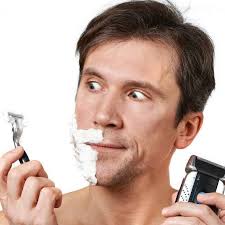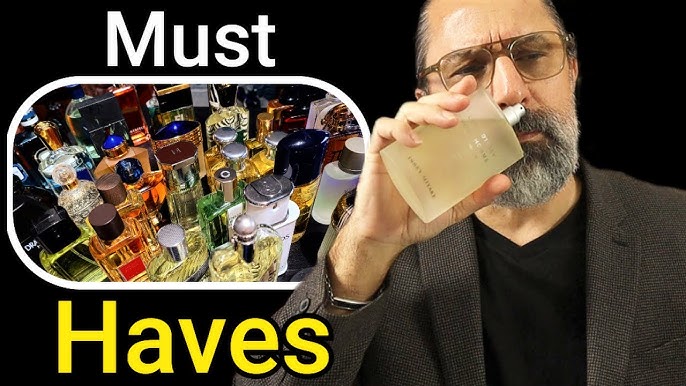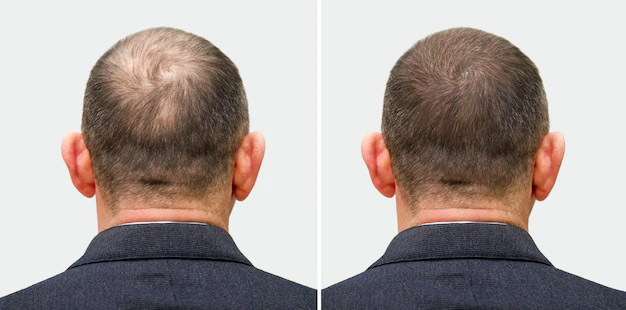I’m going to kick this off by diving into the fundamental aspects of hair care for men. Knowing your hair type isn’t just a cosmetic concern; it’s a critical step towards maintaining healthy hair. I’m talking about the difference between thick, curly hair and fine, straight strands. Each type has its unique needs, and recognizing these is the first step to a tailored hair care routine.
As we all get older, it’s really important for a lot of guys to hang onto the hair we have left & treat it well.
Now, this isn’t just about the hair on your head, it’s also about your scalp. A healthy scalp is the bedrock of healthy hair growth. Whether you have a dry, itchy scalp or an oily one, understanding this aspect can guide you in choosing the right products and treatments.
Healthy Diet – Healthy Hair
What about the impacts of nutrition on your hair health as well. It’s fascinating how a balanced diet rich in vitamins and minerals like iron, vitamin E, and omega-3 fatty acids can elevate the state of your locks.
It’s good to have some protein with every meal and every snack to keep the hair follicles strong. So poultry, fish, beans, nuts, and grass-fed beef are all good.
For those of us, with disappearing hair, well there isn’t one food that best supports hair growth. But eating a balanced, nutritious diet can help hair growth. Along with the protein sources like fatty fish and red meat and plant foods, which are high in vitamins, other nutrients found in spinach, seeds and nuts are really good.
Oysters are extremely rich in zinc (though not everyones favourite snack), as are black sesame seeds. These are used in Asia as a treatment for hair loss. Other foods rich in zinc include eggs, green peas, chickpeas, sunflower seeds, oatmeal and wheat germ.
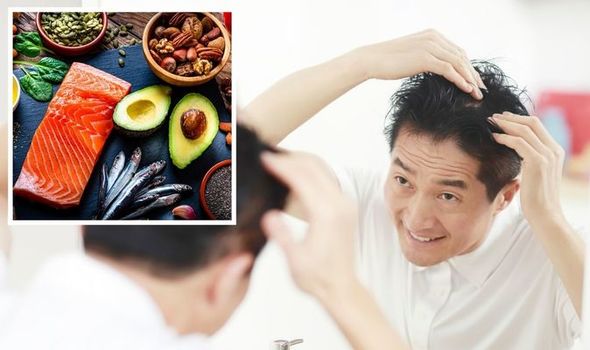
You have a pretty wide choice to get your teeth into.
So, if you want your hair to be a reflection of overall health, paying attention to what you consume is non-negotiable.
I’m here to help you understand how regular hygiene plays into this. It’s all about removing build-up without stripping away essential oils. You want to keep your hair clean, but over-washing can lead to a dry, irritated scalp and brittle hair, so it’s about finding that sweet spot.
Once you’ve mastered these basics, you’ll be well-prepared to navigate the wide world of hair care products. That brings us to the next section, where I’ll guide you through choosing the right hair care products that align with your individual needs and boost your hair’s health.
Choosing the Right Hair Care Products
I’m going to let you in on a little secret: not all hair products are created equal. When it comes to shampoo, conditioner, hair gel, or even pomade, what’s inside the bottle matters just as much as how you use it.
You’re going to find out how to choose the best products for your mane.

Thick Curly hair is drier than other hair types.
To keep it moisturized, condition all your hair, not just the ends. Apply a thick conditioner after washing your hair.
Then, apply oil or leave-in conditioner after you have finished washing and conditioning your hair to help to keep it moisturized.

Fine Straight hair
Because fine hair is fragile, it should be washed with caution. However, it shouldn’t be shampooed any more than three times per week, and if possible, less. This helps take care of your hair by resting it – which reducing the risk of it shedding.
Don’t use abrasive, chemical-filled shampoos and conditioners.
You can try not using conditioner at all, as this just weighs the hair down. Instead, use a moisturizing hair wash that is designed for optimum hair and scalp health.
Remember, for all hair types, it’s not just about grabbing the first bottle off the shelf. It’s about understanding which ingredients are your hair’s best friends and which ones it could do without.
I’ll guide you through some common ingredients that can work wonders, like natural oils and proteins, and warn you against harsh chemicals that can do more harm than good.
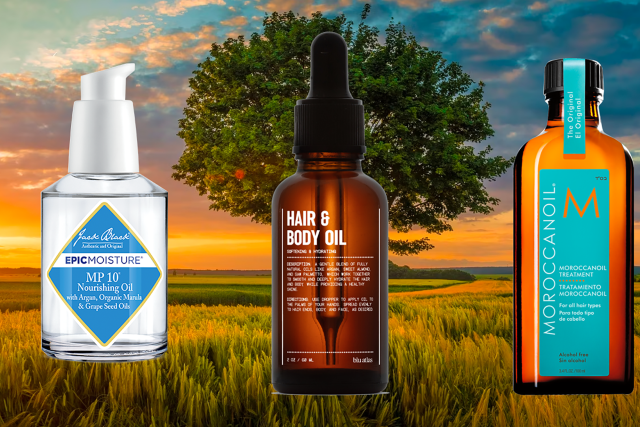
What oils actually help hair?
- Coconut Oil: Best for Hair Repair. …
- Olive Oil: Best for Conditioning. …
- Argan Oil: Best for Dyed Hair. …
- Jojoba Oil: Best for Thinning Hair. …
- Avocado Oil: Best for Smoother, Shinier Hair. …
- Sweet Almond Oil: Best for UV Protection. …
- Grapeseed Oil: Best for Frizz and Split Ends. …
- Macadamia Nut Oil; Best for Manageability.
How to tell if hair needs protein or moisture?
Take a wet or dry strand of hair and stretch it gently. If it doesn’t stretch easily, snaps quickly, and feels dry, brittle or rough, it means you need more moisture. If your curl stretches but doesn’t bounce back into shape, and the hair feels gummy or musy, it means you need more protein.
For a rich source of Protein look to use Soybean Oil.

But don’t just keep using a product all the time. You need to get a balance of protein & moisture, so do a regular check, that I explained above & once you get a balance, use it in your routine.
Which chemicals should I avoid in shampoo?
Have a look at the ingredients in your Shampoo and Conditioner & try and avoid any of the following;
- Sulfates. …
- Parabens. …
- Polyethylene Glycols. …
- Triclosan. …
- Formaldehyde. …
- Synthetic Fragrances and Colors. …
- Dimethicone. …
- Retinyl Palmitate.
Now, if you’ve ever felt overwhelmed by the hair care aisle, don’t worry. I’ve got your back. I’ll explain how to tailor your product hunt to your specific hair type. Thick, curly hair has different needs from fine, straight locks, and the products you choose should reflect that. Catering to your hair’s unique characteristics is foundational for maintaining its health.
The Regimen: Developing a Consistent Hair Care Routine
You’re going to find out about the importance of having a consistent hair care routine. Like any aspect of personal care, hair health thrives on regular attention and specific habits tailored to your needs. I’m here to help you understand why sticking to a routine can make a world of difference and how you can set one up for yourself.

A well-rounded regimen isn’t just about washing your hair every other day; it’s about understanding how often to condition, when to use treatments, and recognising the needs of your hair during different times of the year. Consistency is key in hair care because it allows your hair to maintain balance and prevents issues caused by either neglect or overdoing it.
Here’s a rough idea of the best products if you have thick curly hair;
- Briogeo Curl Charisma Hydrating Shampoo.
- Kerastase Curl Manifesto.
- Ouidad Advanced Climate Control Defrizzing Shampoo.
- Bevel Shampoo for Men.
- Brickell Men’s Daily Strengthening Shampoo.
- L’Oreal Paris EverCurl Shampoo.
If like me you have thin straight hair, then consider these products;
- Kérastase Genesis Homme Thickness Boosting Shampoo. …
- Nanogen Thickening Hair Treatment. …
- THIX Caffeine Shampoo. …
- JVN Embody Daily Volumizing Shampoo. …
- Aveda Invati Men Nourishing Exfoliating Shampoo. …
- L’Oreal Paris Volumetry Shampoo. …
- Charles Worthington Grow Strong Activating Shampoo. …
- Living Proof Full Shampoo.
Daily habits might include gentle cleansing and applying a leave-in conditioner, while weekly habits could be deep conditioning or applying a hair mask for extra nourishment. Remember, your hair care routine should be as unique as you are, so don’t worry too much about sticking to what everyone else is doing.

Additionally, as the seasons change, so should your hair care strategy. In the winter, you may need to amp up the moisture to prevent dryness, whereas in the summer, a lighter routine with added protection from the sun could be beneficial. This ensures your hair is equipped to handle the environmental stressors it faces.
Now, transitioning smoothly into the next section, let’s talk about how you can style your hair. Styling is a crucial part of many men’s daily routines, but it’s also imperative to style in a way that doesn’t compromise the health of your hair. I’m going to show you how to pick tools and products for styling that keep your hair looking great without causing unnecessary damage.
Styling Without Sacrificing Hair Health
You want your hair to look good \’ pretty understandable. But here’s the catch: if you’re not careful, styling can do more damage than good. I’m going to show you how to style your hair while keeping it in top-notch condition.

The tools you choose play a big part in hair health. Cheap, low-quality products are likely to overheat and yank at your hair, leading to breakage and split ends. Choose quality stylers that offer even heat distribution and have protective features. For combs and brushes, opt for smooth, seamless tools that detangle without pulling too hard.
Heat protection is important. Before you apply any sort of heat, use a protector spray or serum. This forms a barrier to minimize damage. And here’s a tip: don’t crank up your tools to the highest setting. The lower the temperature, the less the chance of damaging your hair.
But let’s explore some heat-free options. Ever thought about air-drying your hair? Or maybe using products like mousses or gels to shape your style naturally? These can give you the look you want without the adverse effects of heat. And bonus – they can be better for your hair in the long run.
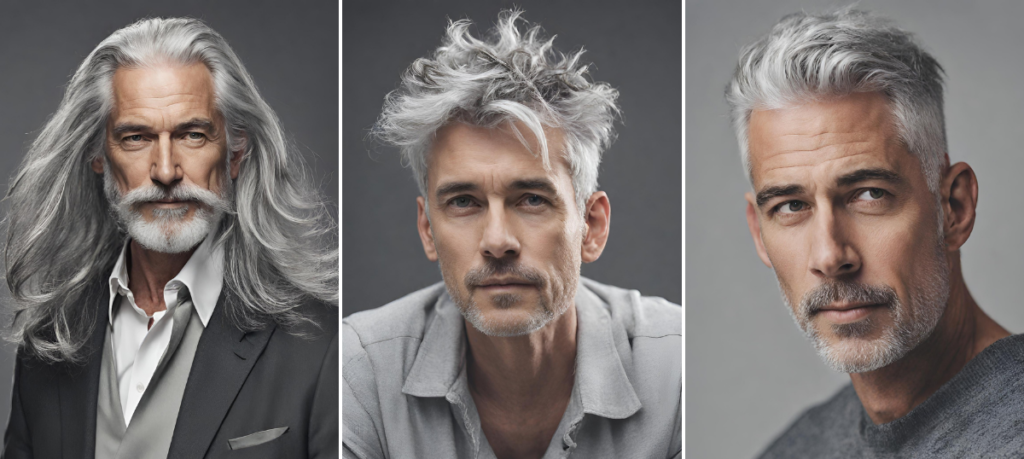
Remember, your hair’s health is the foundation of a good style. You can always adjust your approach down the road, but repairing heat-damaged hair takes a lot more time and effort. Choose something that resonates with you, and your hair will thank you.
When to Seek Professional Help
I’m going to be real with you, taking care of your hair isn’t always a solo journey. There comes a time when you need to call in the pros, and that’s perfectly fine. You might be asking yourself, ‘How do I know it’s time to see a hair specialist?’
Don’t worry, I’ve got you covered with some tell-tale signs.
First things first, if you notice excessive hair loss or significant changes in your hair texture or scalp health, it’s a sign to seek professional advice. This isn’t just about vanity, it’s about your overall well-being. A professional can assess your situation and provide targeted treatments or even identify underlying health issues.

Regular salon visits for a trim can work wonders for preventing split ends and maintaining the shape of your hairstyle. But beyond that, if you’re experiencing persistent dandruff, itching, or other scalp concerns that over-the-counter products can’t fix, a trichologist or a dermatologist could be your next stop.
Professional treatments can also come into play if you’re looking to dramatically change your look or treat your hair to some extra TLC. Services like deep conditioning treatments, scalp massages, and detoxes can elevate your hair game to a whole new level.
In my opinion, there’s absolutely no shame in seeking help. Haircare experts can offer invaluable insights and suggest a regimen tailored specifically to your hair’s needs. This includes companies that invest in the science of hair health, offering up-to-date solutions and strategies.
I really hope that you realize that your hair journey doesn’t have to be a rugged solo trek. Embrace the resources and expertise available to you. Remember, in the quest for healthy hair, sometimes the smartest move is knowing when to reach out for professional guidance.
As always, thanks for reading this article & if you have any questions or comments, please leave them below and I will gladly reply yo you.


